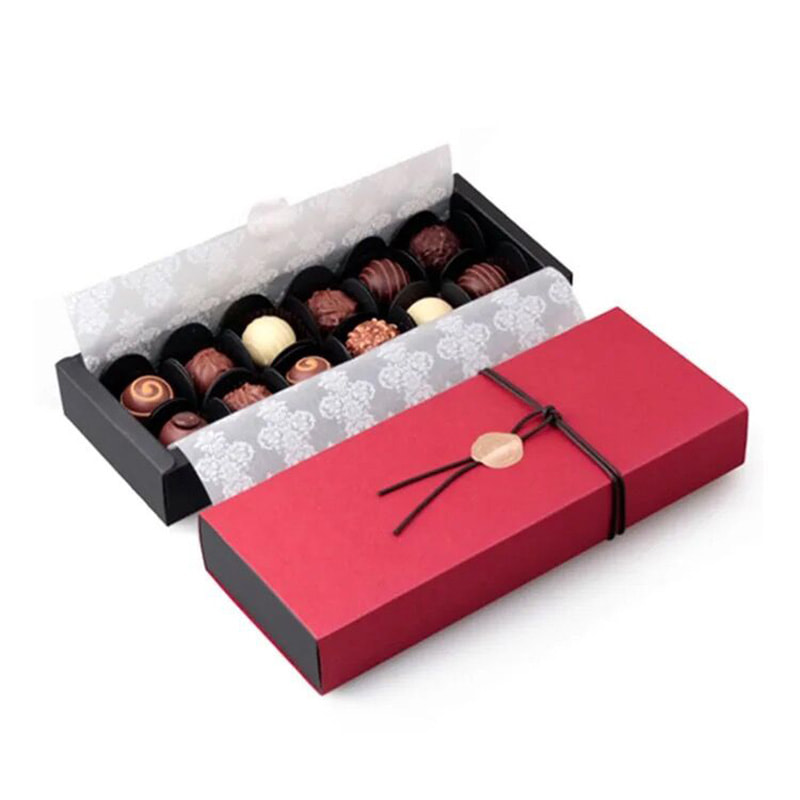What is the Difference Between a Carton and a Paper Box?
When it comes to packaging, the terms "carton" and "paper box" are often used interchangeably, leading to confusion. In this article, we'll explore the fundamental differences between these two common packaging materials, debunking misconceptions along the way.
Definition of Carton and Paper Box
A carton is typically made of thicker paper or paperboard and is widely used for packaging goods. On the other hand, a paper box, although also made of paperboard, can refer to various types of boxes used for diverse purposes.
Composition Materials
Carton Materials
Cartons are crafted from a composite of materials, including paperboard, adhesive, and sometimes a thin layer of plastic. This combination provides sturdiness, making cartons ideal for protecting fragile items.

Paper Box Materials
Paper boxes, while also using paperboard, can vary in composition. Some may include additional materials for reinforcement, while others rely solely on recycled paper, emphasizing eco-friendliness.
Environmental Impact
Both cartons and paper boxes contribute to environmental concerns. However, advancements in sustainable practices are reshaping the landscape of packaging materials.
Manufacturing Process
Carton Production
The production of cartons involves cutting and shaping paperboard, followed by printing and folding. This process creates a robust and visually appealing packaging solution.
Paper Box Production
Paper boxes, depending on their purpose, undergo various manufacturing processes. Some are handcrafted, while others are mass-produced using machinery. Sustainable practices are increasingly integrated into these processes.
Sustainability Practices
In recent years, the packaging industry has witnessed a surge in sustainability initiatives. Both carton and paper box manufacturers are exploring eco-friendly alternatives, addressing concerns about their environmental impact.
Structural Differences
Carton Structure
Cartons often have a more intricate structure, allowing for innovative designs. This complexity enhances their protective capabilities, making them suitable for delicate products.
Paper Box Structure
Paper boxes, in contrast, may have a simpler structure. However, this simplicity can be advantageous for certain applications, providing a straightforward and cost-effective solution.
Durability Comparison
Determining the right packaging requires considering the durability needed for the specific product. While cartons excel in protecting fragile items, paper boxes offer a balance of strength and simplicity.
Common Uses
Carton Applications
Cartons are commonly used for packaging electronics, cosmetics, and food items. Their robust structure ensures the safe transportation of delicate products.
Paper Box Applications
Paper boxes find application in various sectors, from retail packaging to gift boxes. Their versatility makes them suitable for a wide range of products.
Market Preferences
Consumer preferences play a significant role in the choice between cartons and paper boxes. Understanding these preferences is crucial for businesses striving to meet market demands effectively.
Cost Factors
Carton Pricing
The pricing of cartons is influenced by factors such as design complexity and materials used. While they may be slightly more expensive, their protective qualities often justify the cost.
Paper Box Pricing
Paper boxes, being simpler in structure, are generally more cost-effective. Businesses seeking economical packaging solutions often opt for paper boxes.


